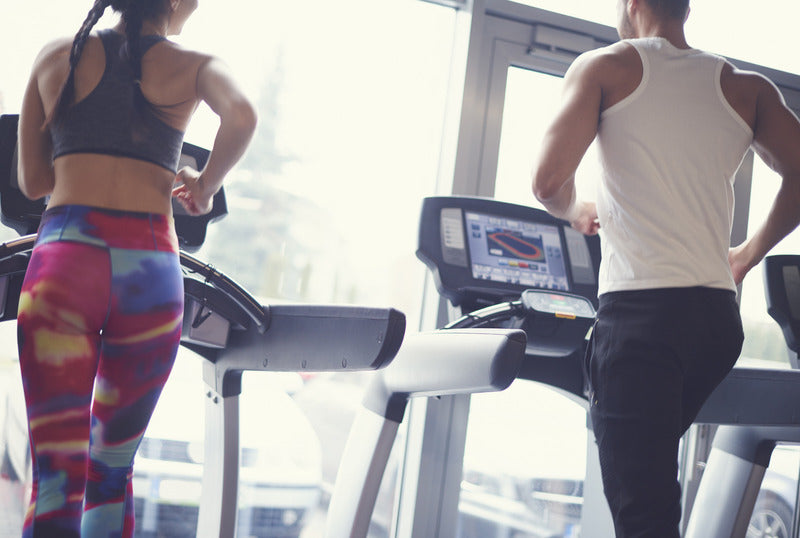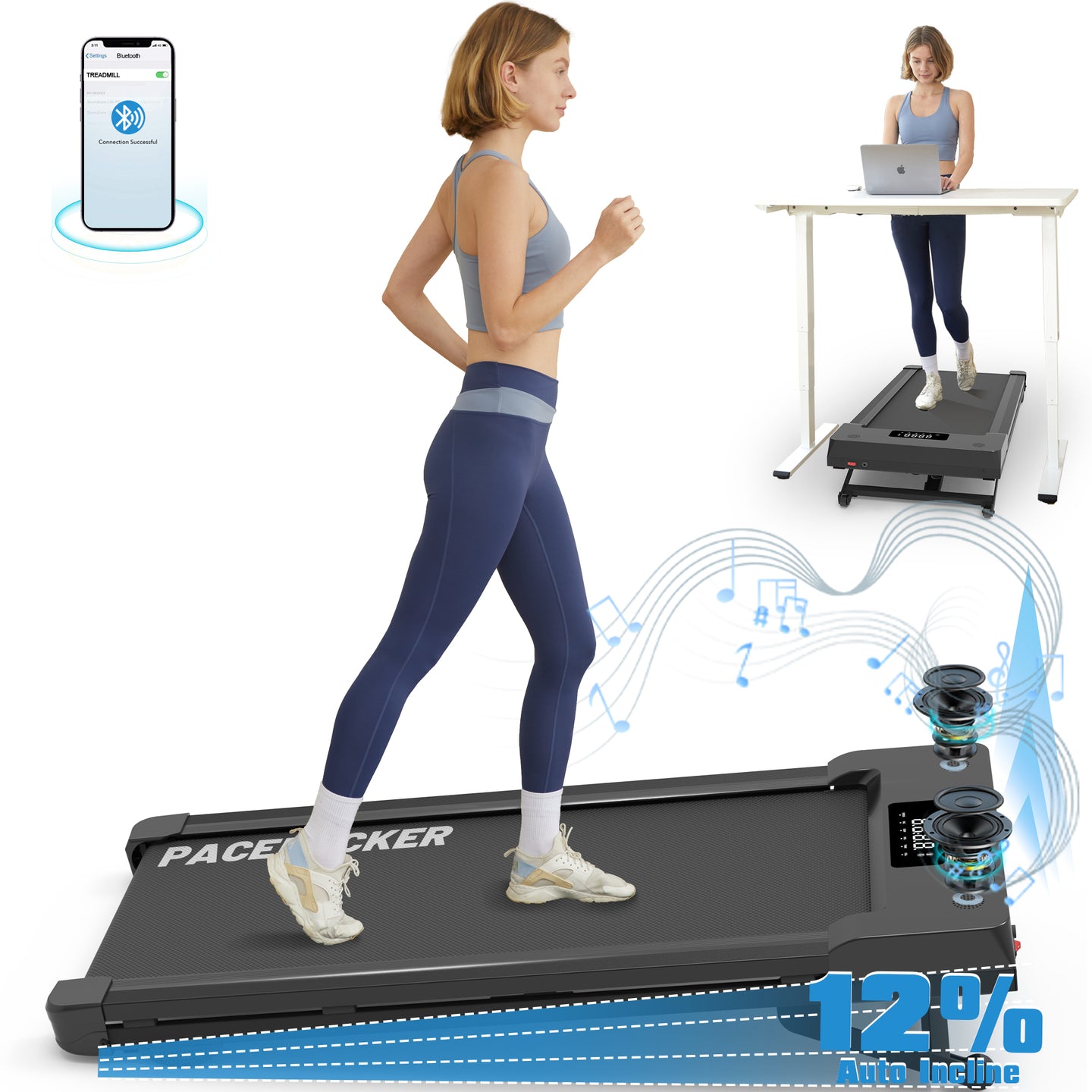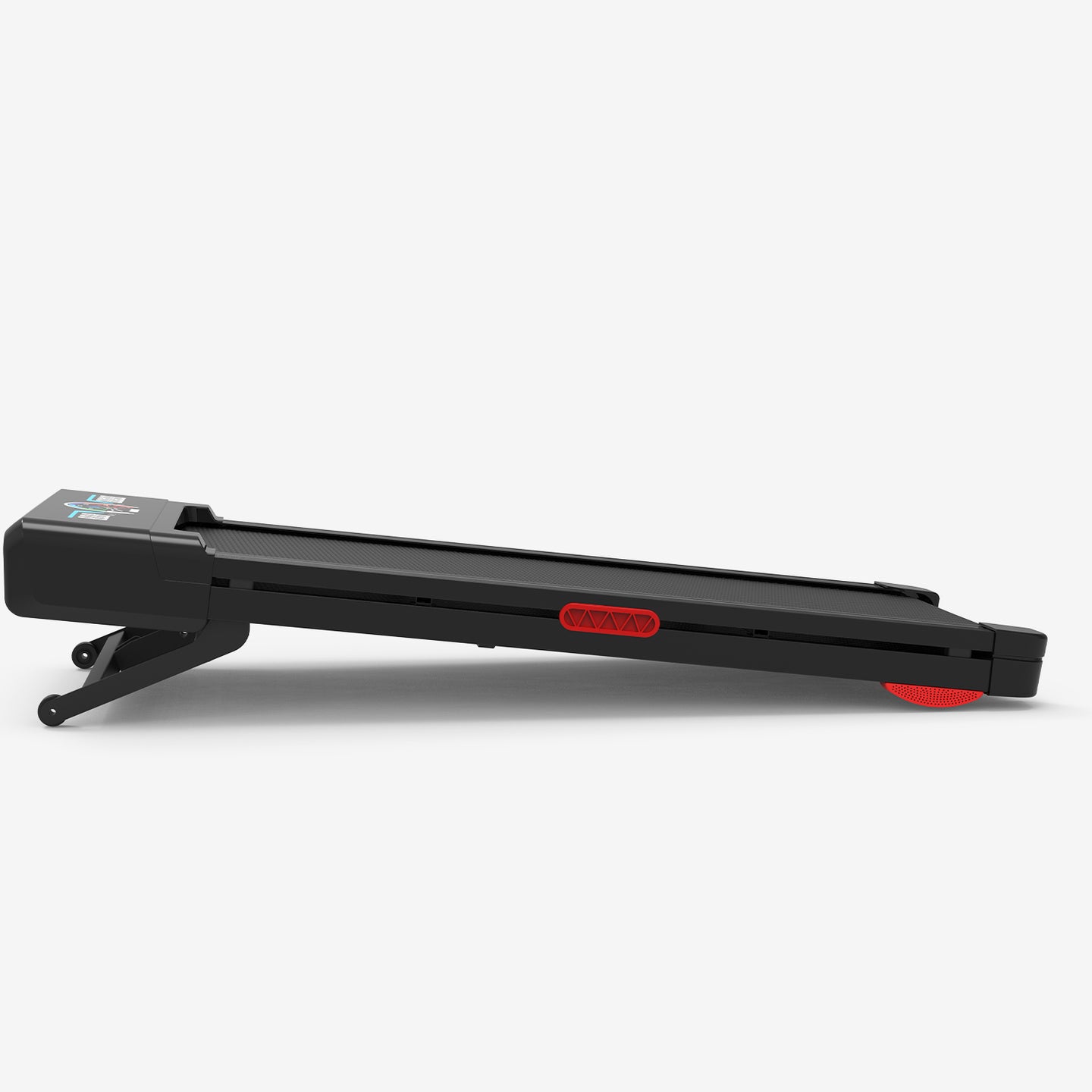10 Treadmill Running Tips for a Safe and Effective Workout

As the weather gets hotter and rain becomes more frequent, outdoor runners often face challenges when it comes to maintaining their training routine. For those without the option for morning or evening runs, the treadmill becomes an ideal alternative. However, running on a treadmill is quite different from running outdoors, and many runners overlook this distinction. So, how can you maximize your treadmill workout and ensure you're staying injury-free? Here are 10 essential tips to help you run smarter and more effectively on the treadmill.
1. Always Warm Up Before Starting
When you step onto the treadmill, it's easy to jump right into running, especially when you're eager to begin your workout. However, skipping your warm-up can increase the risk of injury. Just like outdoor running, warming up is crucial for preparing your body for exercise. A proper warm-up helps raise your heart rate, delivers oxygen to your muscles, and increases muscle temperature, allowing you to run more efficiently. Before you start your main workout, take 5 minutes to walk or perform a light jog to get your body ready.

2. Get Familiar with Your Treadmill's Features
Knowing how to use your treadmill's settings is essential for a smooth and effective workout. Familiarize yourself with the heart rate monitor, calorie tracker, speed controls, and incline settings. Most importantly, learn how to stop the treadmill quickly in case of an emergency. Understanding the safety features will ensure that you're prepared for any unexpected situations.
3. Utilize the Incline for Better Results
Indoor running doesn’t offer the same natural elements as outdoor running, such as wind resistance or varied terrain. To simulate a more realistic outdoor experience, set the incline to 1-3%. This will mimic the slight uphill gradient of outdoor running and help engage more muscle groups. For a greater challenge, increase either the speed or incline until it feels like a tough workout. Interval training, alternating between high-intensity running and recovery periods, is another great method to improve your pacing and stamina.

4. Don’t Overdo the Incline
While using an incline can boost your workout, avoid setting it higher than 7%, as this can place excessive strain on your back, hips, and ankles. Some runners mistakenly believe that steep inclines will lead to better fitness results, but prolonged running on steep slopes can increase the risk of injury. A safer and more effective approach is to alternate between running with an incline and running without. This will provide a balanced workout and minimize the risk of overuse injuries.
5. Keep Your Hands Off the Handrails
Grabbing the handrails while running might feel more stable, but it’s actually detrimental to your posture. The handrails are only meant for safety when getting on or off the treadmill, not as a crutch during your run. Holding onto the handrails encourages a slouched posture, which can lead to neck, shoulder, and back pain. To get the best results, keep your back straight, your chest open, and your gaze forward.
6. Maintain a Neutral Body Posture
One common mistake is leaning forward while running on the treadmill. The treadmill belt naturally pulls your feet backward, so there’s no need to lean forward. Excessive forward lean can strain your neck and back and make you lose balance. Aim to maintain an upright posture with a slight forward lean from the ankles, not the torso, and always keep your core engaged.

7. Don’t Stare at the Treadmill Display
It can be tempting to keep your eyes fixed on the treadmill’s display, but this will negatively affect your running form. Looking down at the screen or at your feet can cause you to slump or hunch over. Instead, focus your gaze forward, looking straight ahead to maintain an upright and efficient posture throughout your run.
8. Increase Your Step Frequency
Your running efficiency improves with a higher cadence. To increase your step frequency, reduce your stride length and focus on quick, light steps. By minimizing the time your foot spends on the treadmill belt, you’ll reduce the impact on your joints and decrease your risk of injury. This technique, often referred to as "high cadence, low stride," is particularly beneficial on the treadmill.
9. Stay Hydrated
Running on a treadmill can actually lead to more dehydration than running outdoors. Indoor air tends to be drier, and the lack of wind resistance can cause you to sweat more without feeling the cooling effect of the outdoors. Make sure to hydrate regularly, aiming to drink water every 20 minutes during your run. When you take a water break, slow down the treadmill speed to a light jog or walk (around a 4-6 mph pace).

10. Cool Down Gradually
Jumping off the treadmill immediately after a run can cause dizziness or lightheadedness, as your heart rate and blood pressure drop suddenly. To prevent this, always cool down by walking slowly for a few minutes before stopping completely. This allows your body to adjust gradually and return to a resting state, helping to avoid injury and dizziness.
Conclusion
Running on a treadmill is a fantastic way to maintain your fitness, especially when outdoor conditions aren’t ideal. However, to make the most of your treadmill workout and avoid injury, it’s important to follow a few key guidelines. By warming up, using the incline effectively, maintaining good posture, and staying hydrated, you’ll be able to run more efficiently and safely. Keep these 10 tips in mind for a more effective treadmill running routine, and you'll see improvements in both your performance and overall health.







